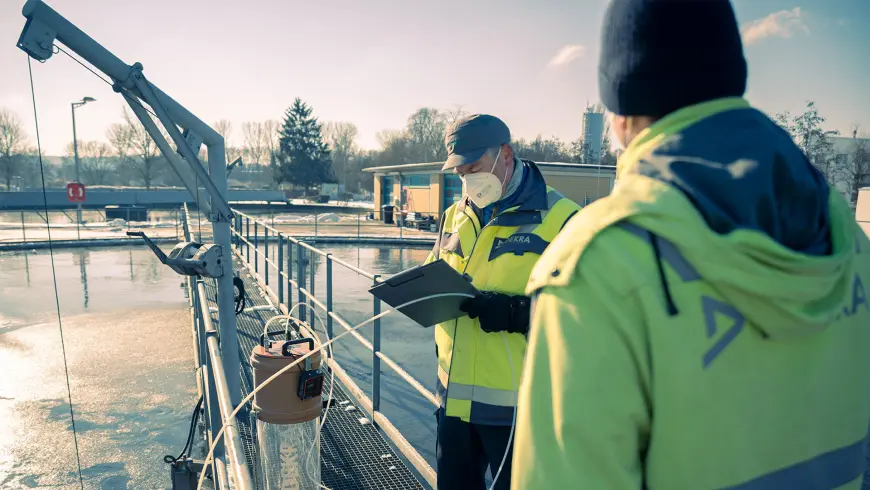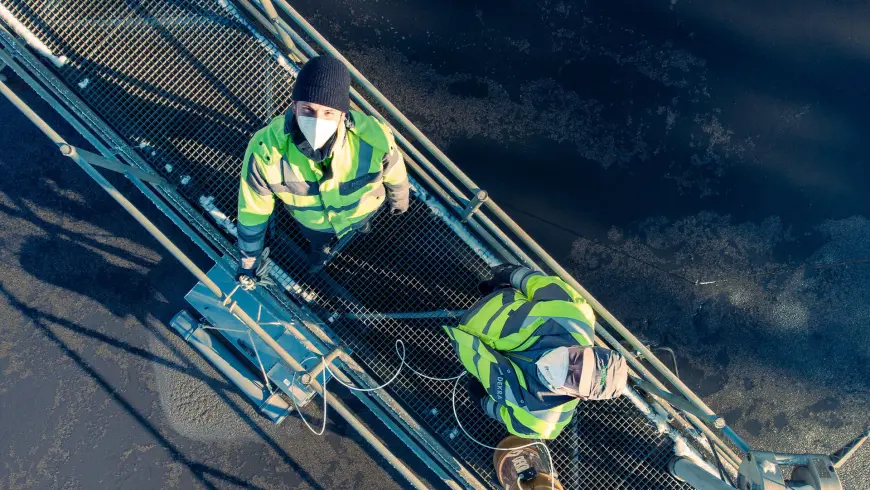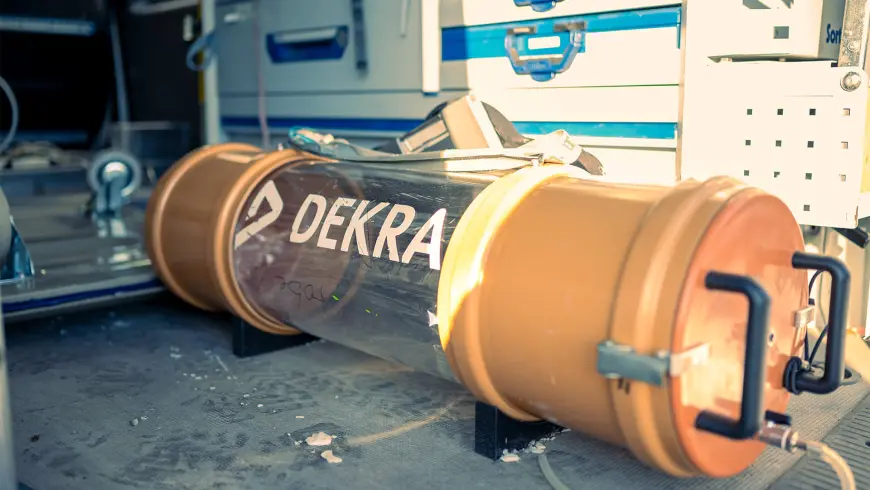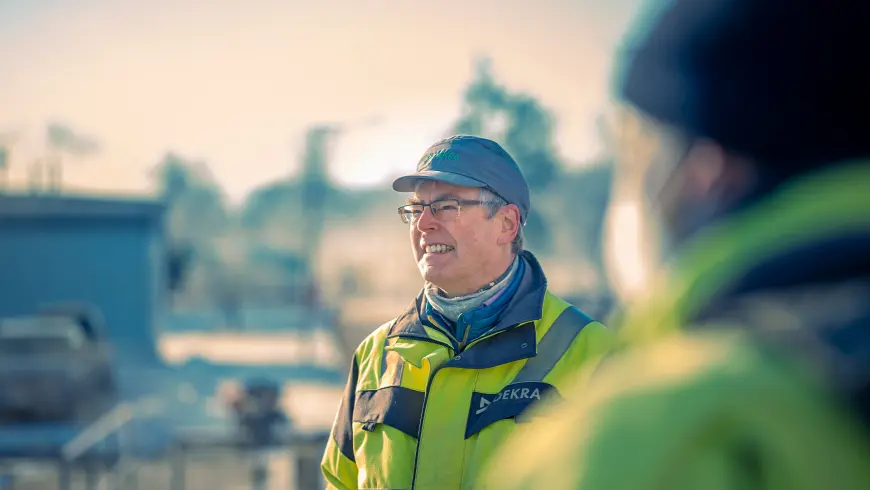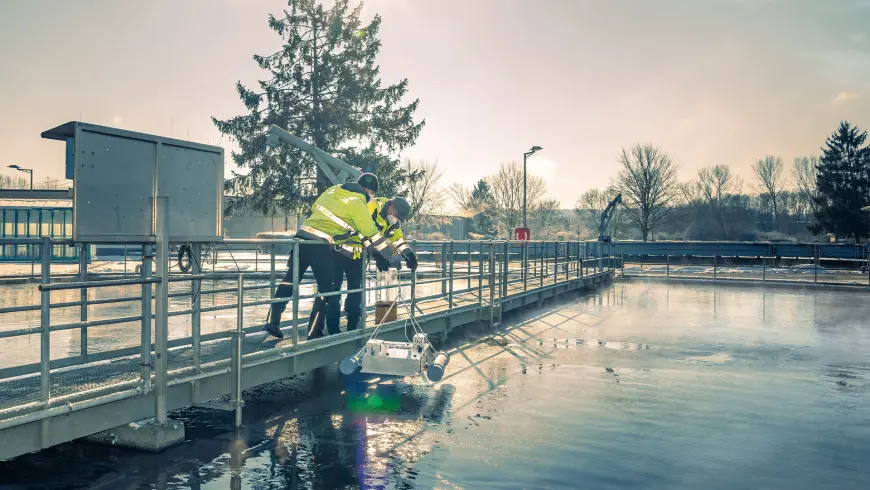Odor measurements: Follow your nose
The sewage plant of a major disposal organization is located in the heart of an industrial estate in Sindelfingen, southwest of Stuttgart. It is time for a regular routine inspection. The van of Jürgen Bachmann and Steffen Gerdung from the Air Purification Measurement Unit is packed with strange devices: Opening the van reveals a reinforced Plexiglas tube filled with next to nothing else. Among other things, the tube is designed to protect a sample bag. This, in turn, is nothing more than a conventionally available oven bag. The DEKRA team uses this device to collect odor-contaminated air. Jürgen Bachmann explains: “As such, we have a food-safe material that doesn't influence the samples.” A small pump successfully empties the tube in order to create a vacuum for the odor-contaminated air due to the low pressure in the bag. “Otherwise,“ says Jürgen Bachmann, “the test material would be contaminated.”
Special kind of odor samples
The ventilated sampling hood is a special probe. When the team needs to measure on surfaces without any throughflow and that do not actively emit a smell into the air, this probe comes in handy. Such as in the primary clarifier in Sindelfingen, which Bachmann and Gerdung are examining today. The system comprises a hood with two radial fans that force air through at a constant volumetric flow rate. The inlet air fan sucks in purified outdoor air from above into a corner of the hood via an active charcoal filter. From here, the air is distributed across the entire surface of the standardized hood and absorbs the odor emissions. Then, the second radial fan sucks up the air at the opposite corner. The air for the sample is split off prior to the second fan. This standardized process takes about 30 minutes.
The human sense of smell
But this alone does not evaluate the sample. All the equipment serves the sole purpose of collecting the odorants. Steffen Gerdung explains why sensor equipment is no use here: “An electronic 'nose' would have to be recalibrated for each new odorous substance. Once you realize that the air of a pigpen comprises several thousand odorants, you soon recognize the limits of the technology. A measurement device has yet to be developed that can handle such a proliferation of odors.” This is where human beings come in. They and their noses serve as the probe for this highly smelling device. The professional body for ear, nose and throat doctors describes the human sense of smell as follows: “The olfactory organ of the nose processes scents, which in turn are absorbed by the olfactory epithelium inside the nose. Then, the olfactory nerves transmit the scent’s molecules to the olfactory bulb and onwards to certain olfactory centers in the brain. This process takes place within a matter of seconds; we perceive the smell as pleasant or unpleasant, and match it to specific memories or familiar odors.” By the way, most people can distinguish between up to 10,000 different smells. The difficult step is naming all these smells.
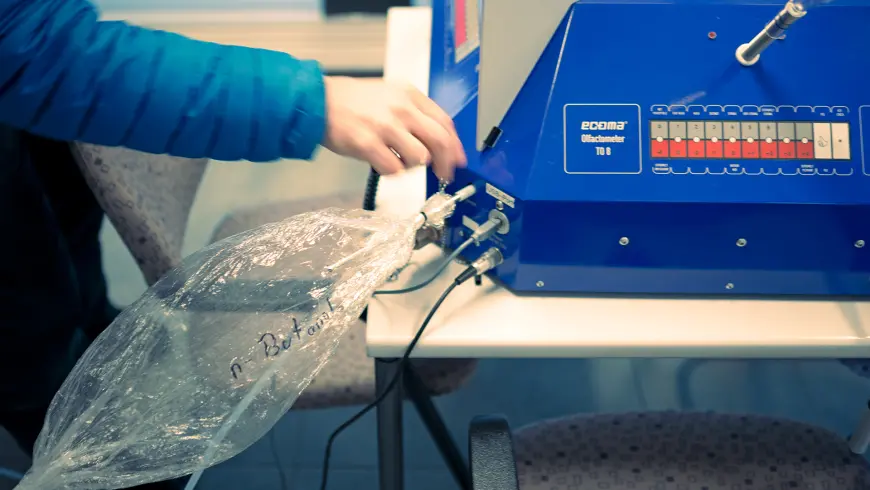
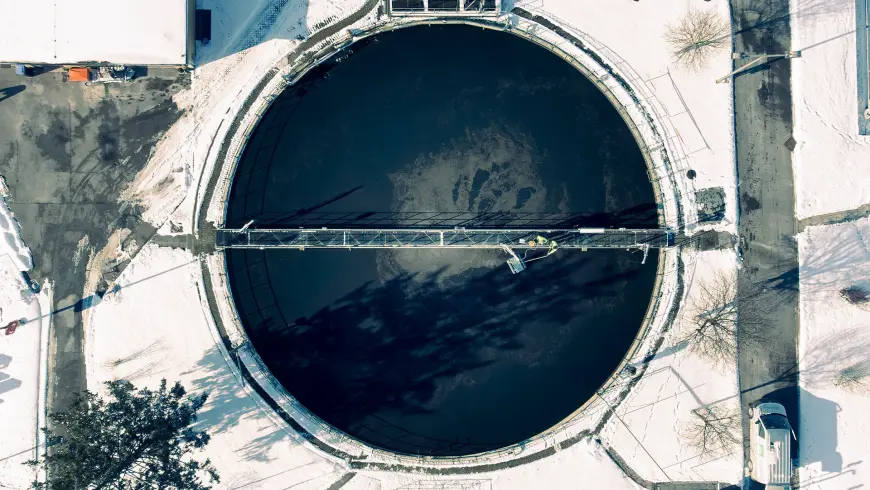
Norms and standards for the nose
The DEKRA laboratory in Stuttgart is the place where odor measurement takes place. It is certified in accordance to DIN EN ISO/IEC 17025 and has a so-called olfactometer. The previously obtained odor sample is placed inside this apparatus. At least four smell testers must now evaluate the odor sample in the olfactometer. To ensure that measurement is performed correctly, Jürgen Bachmann and Steffen Gerdung take turns at supervising the process. Gerdung states that “Odors are highly subjective, which is why we need a test panel of several people.” The requirements for the testers are set out in detail in guidelines issued by The Association of German Engineers (VDI) and DIN standards. However, it is important to note that no superhuman noses are needed. A suitability test is carried out beforehand to guarantee that the testers have the average nose. People are only deemed suitable if they are neither too sensitive nor too insensitive to smells. The team consists of roughly 20 people and each of them receives meticulous training for this job and is tested on the day prior to each assignment. Bachmann: “It’s not only the common cold or a sinus infection that might impair our sense of smell. Our nasal daily form also varies.” That's why the current form is checked on the day of the test. Smell tests function as calibration tests of the nose. This means starting with roasted coffee beans and moving on to different concentrations of n-butanol and hydrogen sulfide. Thus, the team can determine whether a candidate falls within the normal range. After that, the actual test can begin. The analysis has to take place within six hours after the sample collection. Jürgen Bachmann explains this by stating that “Smells are not only subjective, but also transitory.”
Odors are highly subjective, which is why we need a test panel of several people.
Steffen Gerdung, DEKRA Air Purification Measurement Unit
